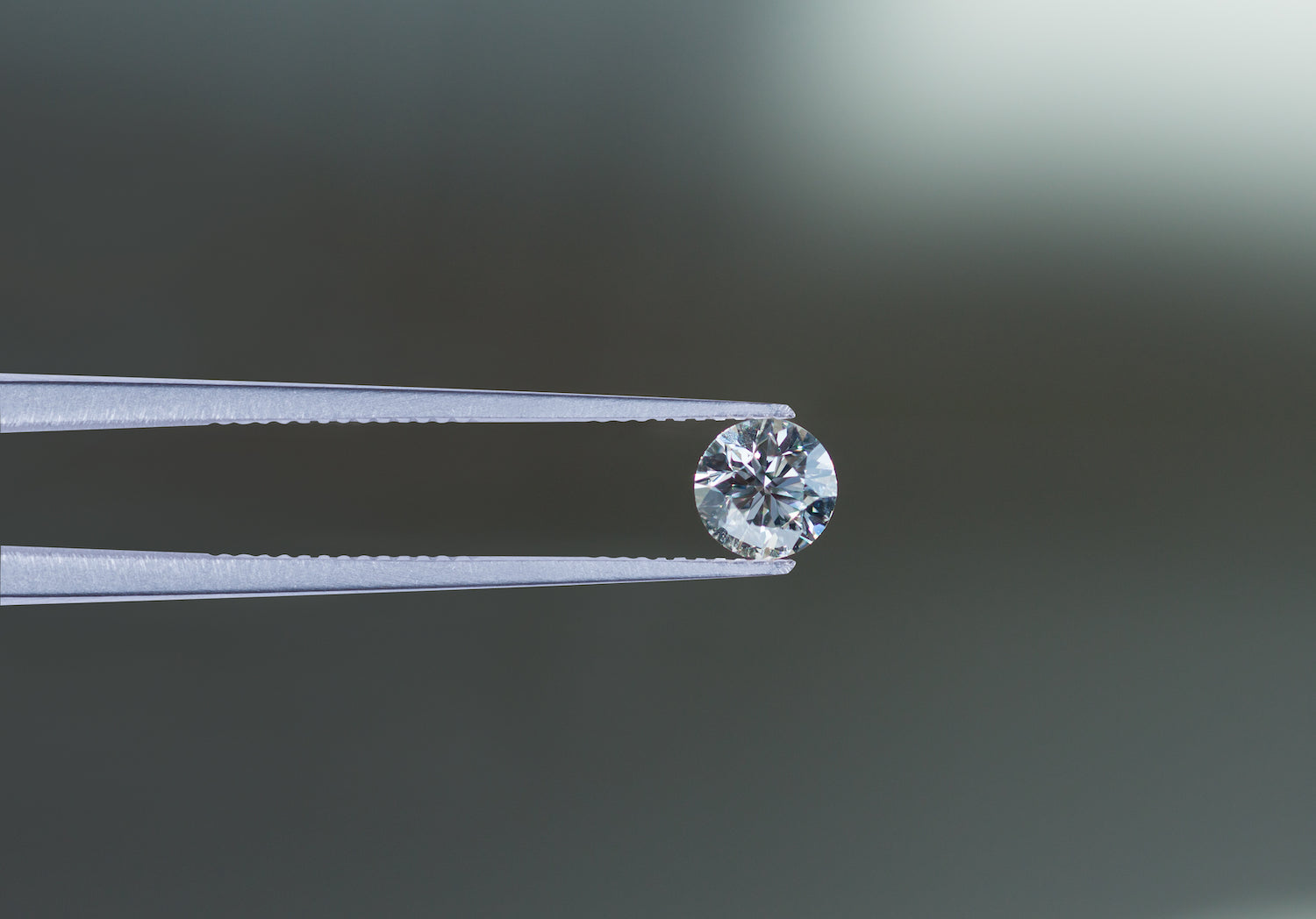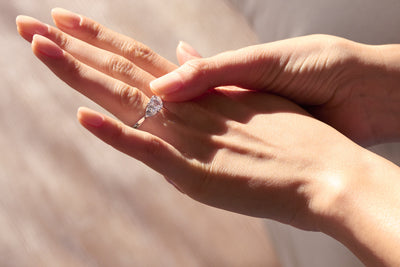
How Are Lab Grown Diamonds Made?
It sounds like something out of science fiction – the ability make a diamond in a lab. And for many years, it was just that. Until 1954, when someone learned to how grow a diamond - and the first lab grown diamond was made by General Electrics.
Since then, the ability to create lab grown diamonds has become faster and easier – though it still takes extreme temperatures and pressures to make the world’s most valuable gemstones.
How to make diamonds
Natural diamonds are formed over billions of years. Carbon far underground is put under immense pressure and heat until their chemical composition changes into diamonds.
But you can actually make diamonds faster than the billion years it takes for a natural diamond to form.
Making lab grown diamonds is very different though follows a similar theory.
We’ll take a look at how to grow a diamond in a lab today, how long it takes to create a diamond, and what they are actually made of (spoiler: it’s diamond).
- Lab grown diamonds today are made using two main methods
- While they are created in a lab, the end product is exactly the same as naturally occurring diamonds
- Lab grown diamonds and diamonds are made of carbon
How are diamonds made in a lab?
Today, there are two main ways to create diamonds in a lab - High pressure, high temperature (HPHT), and Chemical vapour deposition (CVD). Both these form essentially grow a diamond from a seed diamond.
“The beauty of using both these methods of growing diamonds is that they produce diamonds that are exactly the same chemical composition to natural, mined diamonds – but without the damage that mining can create.” Sophie Milner. Buyer, Created Brilliance.
How to grow diamonds using High pressure, high temperature (HPHT)
HPHT was the first commercially viable method for producing lab grown diamonds - and is still the main production method in use worldwide. It’s similar to how GE produced the first lab created diamonds back in the 50s, and mimics the conditions under which natural diamonds develop when they form beneath the Earth’s crust.
- Scientists take a small diamond seed surrounding usually by carbon and place it in a large mechanical press.
- The press then subjects this reaction cell to high pressures and high temperatures
- Inside the reaction cell, the diamond seed acts as a nucleus upon which the lab grown diamond crystal grows.
Using chemical vapour deposition (CVD) to grow diamonds
The chemical vapour deposition (CVD) method is different to natural diamond formation and involves heating gases in a vacuum.
- The process produces lab grown diamond from a heated, carefully controlled mixture of gases in a vacuum chamber at very low pressures.
- A seed diamond is added to the vacuum chamber and carbon-rich gases like hydrogen and methane are pumped in.
- As the required, extreme temperature is reached, the gas molecules break apart.
- The released carbon atoms then bond to the diamond seed crystals.
- The carbon atoms repeatedly attach themselves to the diamond seed, growing the lab grown diamond layer by layer.
What are lab grown diamonds made of?
All lab grown diamonds have the same chemical make-up as natural diamonds – carbon!
As we explain in our piece on lab grown diamonds vs natural diamonds, lab grown diamonds form in a structure identical to that of natural diamonds and, therefore, have the same chemical, optical and physical properties.
How long does it take to make lab grown diamonds?
Using the above lab grown diamond processes, diamonds take only a few weeks to grow. It takes natural diamonds take billions of years to form.
Summary
Lab grown diamonds are created in two main ways – using a mechanical press to apply high pressures and temperatures to a diamond seed (HPHT) or by breaking down carbon rich gases at high temperatures so they bond with a diamond seed (CVD).
But no matter how they are made, the result is the same – a real diamond that’s indistinguishable from naturally occurring diamonds.
All our diamonds are lab grown diamonds. Check out the full range today.
